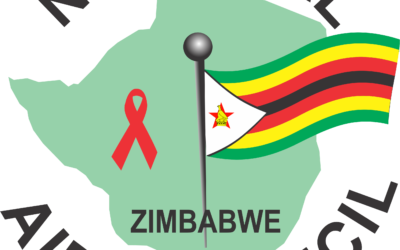
Bitcoin differs greatly from traditional currencies – most notably because Bitcoin has no physical notes/coins, isn’t regulated by any central agency, and transactions are fairly anonymous. Also, the national currency usually derives its value based on gold reserves whereas Bitcoin’s supply is capped at 21 bitcoins which makes them more scarce than traditional currencies. Bitcoin also differs in that there’s no limit to how many Bitcoins can be created; if anything the only thing limiting Bitcoin is an extremely slow rate of Bitcoin mining which ensures Bitcoin never floods the market all at once but rather is introduced carefully over time. Bitcoin also enables peer-to-peer (P2P) transactions where two people can easily transact with each other without having to go through intermediaries such as banks or credit card agencies – this makes Bitcoin really useful for individuals who want to send money across borders without paying high fees charged by traditional financial institutions. For further information visit bitcoinupapp.com/.
Bitcoin has been touted as a new form of currency unlike anything we’ve seen before and some believe it could become a globally recognized payment within years while others deem it some sort of internet Ponzi scheme. Bitcoin’s future is still unwritten and interesting things will only continue to happen as Bitcoin becomes widely adopted by more people.
Bitcoin was invented in 2008 by Satoshi Nakamoto, whose real identity is not known. Bitcoin is a cryptocurrency and worldwide payment system; it is the first decentralized digital currency, as the system works without a central bank or single administrator.
Bitcoin BlockchainThe Bitcoin network shares a public ledger called “blockchain“. This ledger contains every transaction ever processed, allowing a user’s computer to verify the validity of each transaction. The authenticity of each transaction is protected by digital signatures corresponding to sending addresses, allowing all users to have full control over sending bitcoins from their own Bitcoin addresses. In addition, anyone can process transactions using the computing power of specialized hardware and earn a reward in bitcoins for this service. This is often called “mining” (but see below for the official Bitcoin terms). Bitcoin was invented by an unknown person or group of people under the name Satoshi Nakamoto and released as open-source software in 2009.
Bitcoin Payment MethodBitcoins are created as a reward for payment processing work in which users offer their computing power to verify and record payments into the public ledger. Called mining, individuals or companies engage in this activity in exchange for transaction fees and newly created bitcoins. Besides mining, bitcoins can be obtained in exchange for fiat money, products, and services. Users can send and receive bitcoins electronically for an optional transaction fee using wallet software on a personal computer, mobile device, or web application (Wikipedia).
Since Bitcoin has become popular it has evolved dramatically with many different versions appearing similar to Bitcoin but with different characteristics or enhancements. Bitcoin has so far displayed a unique way of dealing with the increasing demand for Bitcoin transactions. Bitcoin blocks are limited to 1MB in size which means Bitcoin can’t scale up as easily as PayPal or Visa (Nakamoto, 2008).
Bitcoin is still the first decentralized cryptocurrency invented, and therefore the original rules that govern Bitcoin are set by whoever launched Bitcoin – currently, that is known to be Satoshi Nakamoto, who released Bitcoin into the world on October 31st, 2008 after working on it before then. To date, there have been many other coins created based on Bitcoin’s open-source concept/framework, but Bitcoin set the precedent for all other coins to come after it. Bitcoin is considered by most to be the most popular cryptocurrency out there, with Bitcoin’s market capitalization currently sitting at $33 billion.
Bitcoin MiningBitcoin transactions are created through a process called mining. Bitcoin miners are very different from conventional mines. Bitcoin miners do not need any kind of central office or data center for that matter (Nakamoto, 2008). Bitcoin miners basically run Bitcoin nodes on their computers which have Bitcoin wallets containing all the Bitcoin addresses they use for receiving Bitcoins from other users, who want to send them some of their coins. Once a miner starts running his Bitcoin node it connects to the Bitcoin network and starts sharing said Bitcoin wallet with all other Bitcoin nodes also running on the network, allowing anyone using the same Bitcoin wallet address to send coins to that Bitcoin wallet.
- Chamisa under fire over US$120K donation
- Mavhunga puts DeMbare into Chibuku quarterfinals
- Pension funds bet on Cabora Bassa oilfields
- Councils defy govt fire tender directive
Keep Reading
Mining Bitcoins is a process that requires large amounts of computer power and electricity, which can prove to be expensive if not done properly. Bitcoin miners are able to solve Bitcoin blocks or mine Bitcoin through a consensus of Bitcoin’s global community, who all contribute their hashing power to Bitcoin’s global network.










